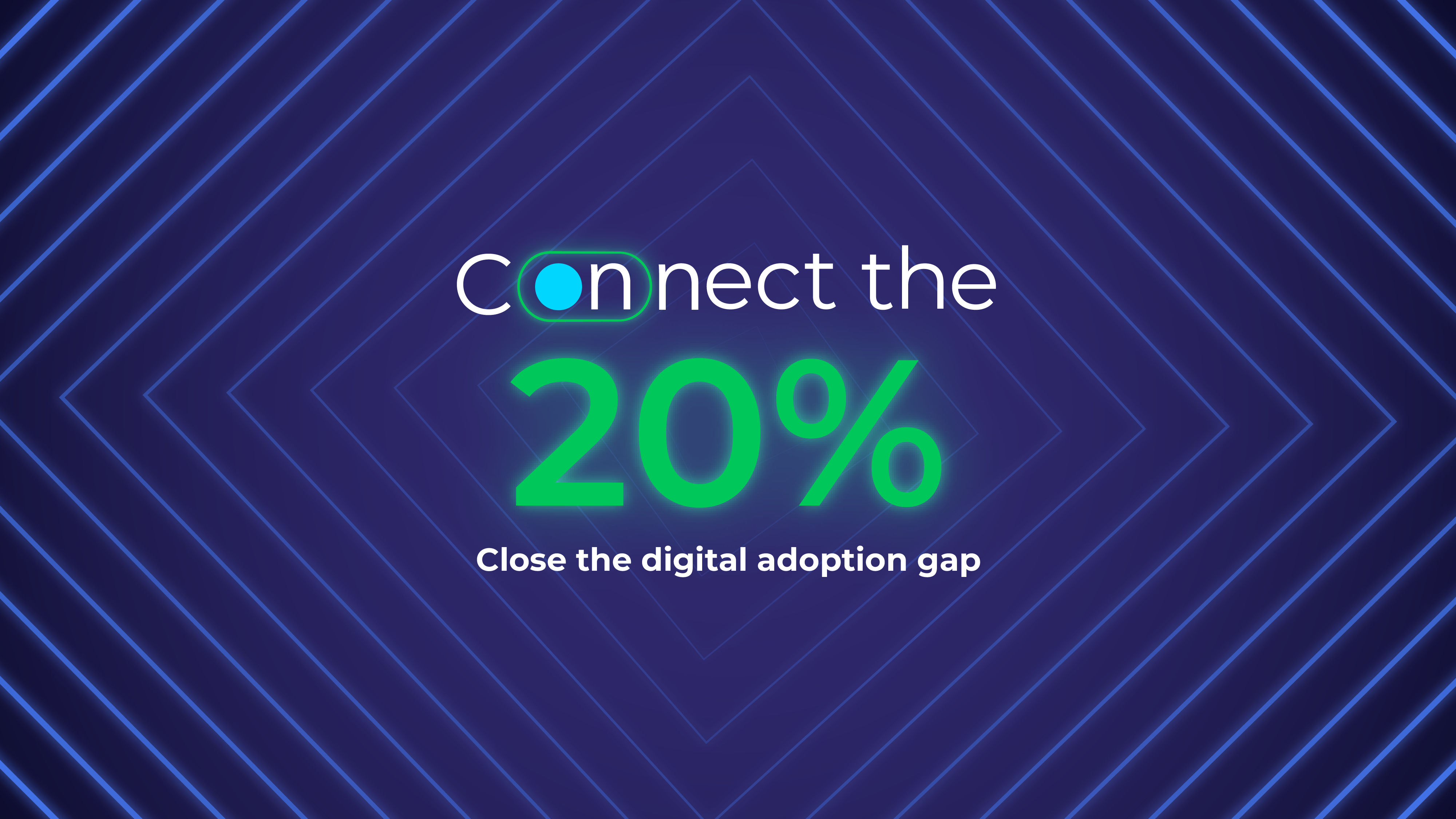A Conversation with Benton Senior Fellow John B. Horrigan
What were the biggest takeaways from Benton’s most recent survey on the Affordable Connectivity Plan (ACP) and digital adoption? After more than a year of operation, why are half of ACP-eligible households still unaware of the program?
Two things are going on at once with ACP. First, its enrollment rate is strong, but not enough people know about it. Over one-third of eligible households have enrolled, which is very good for a program that (when you include the Emergency Broadband Benefit) is just two years old. But the Benton Institute’s recent survey (done in collaboration with Brian Whitacre at Oklahoma State University and Hernan Galperin at the University of Southern California) found that 50% of eligible households have never heard about ACP or do not know enough about it.
The low-hanging fruit has already been harvested. The first third of ACP-eligible households have enrolled. Aggressive outreach is necessary to get the next set of households to enroll. Success is possible – 68% of those unaware of ACP said they would likely apply if they had more information about the program.
In addition to our survey, the Benton Institute recently launched an ACP Enrollment Performance Tool to compare expected ACP enrollment to actual enrollment. The difference is a measure of performance. You begin with a search of a 5-digit zip code and the tool displays actual ACP enrollment, predicted enrollment, as well as metrics that help users understand the drivers of good (or not-so-good) performance, such as housing costs or severe poverty.
The tool serves as a digital inclusion heat map by:
1. Identifying under-performing areas that may need more outreach to encourage enrollment
2. Inviting examination of high-performing areas — and whether these places have programs in place that have made a difference & should be replicated.
In the event ACP sunsets next year, the tool can also help identify places most at risk for disconnection — and help guide policymakers as they consider how to fill the ACP void should the program end.
What policies and programs have been most effective at helping connect individuals and families with varying digital literacy skills?
One-on-one and other in-person strategies have paid off in ACP enrollment. Digital navigators – individuals whose job is to help novice internet users negotiate the ins-and-outs of getting online – have been important. And some organizations with established clients likely to be ACP-eligible have had sign-up events to see people through the application process.
These techniques engender trust, and our survey found that ACP-eligible households are more likely to trust messages about the benefit from local community institutions than from the government or private sector.
What are the differences in outcomes between a family with internet access and a family without?
There are two kinds of home broadband benefits I want to touch on—saving money and saving time. Research shows that online shopping saves people money–and these benefits are real for low-income households. The time-saving benefit gets less attention but is huge.
In surveys of newly connected households with wireline broadband, 84% say having broadband helps them save time for scheduling tasks and managing their households. There’s an old saying that “it takes a long time to be poor” since low-income individuals lack the resources for many time-saving tools (such as cars) that many of us take for granted. Of course, a high-speed internet connection won’t relieve all the time pressures that people may feel, but adding it to the mix definitely helps.
What benefits have you seen for Americans who have started using the Affordable Connectivity Program? And what will happen to those folks if ACP goes away?
The ACP puts more low-income Americans on the same footing as everyone else regarding communications tools in the United States. Over 80% of households with incomes over $50,000 annually have both wireline and wireless internet service plans. Low-income households often must choose between a cellular data plan or a wireline one for service. Many opt for cellular data plans because it is a flexible communications tool (mobility, voice, and internet service). The ACP subsidy allows low-income households to add a service, whether it is a wireless or wireline service. One could argue that the ACP is the single most important policy intervention to advance universal service policy goals in the past quarter century.
If ACP sunsets, the poorest households will feel it most – those whose annual incomes are $15,000 or less. But the pain will extend beyond the very poorest. Some 40% of low-income households say that paying anything for monthly service is a budget strain. Absent ACP, they will likely have to cut back on other goods or services if they want to keep internet service.
The challenges of digital equity – getting the final 20% of American online and encouraging more to use discount programs (whether publicly-funded or offered by carriers) – is a “boots on the ground” challenge. Affordable internet subscription plans are just one part of the solution; investment in community institutions so that they can provide digital skills training is necessary. Digital equity also requires a supply of low-cost computing devices for households in need. The mechanisms to deliver all these services are local anchor institutions – public libraries, community organizations, and even healthcare institutions (many non-adopters want to learn about telehealth).



